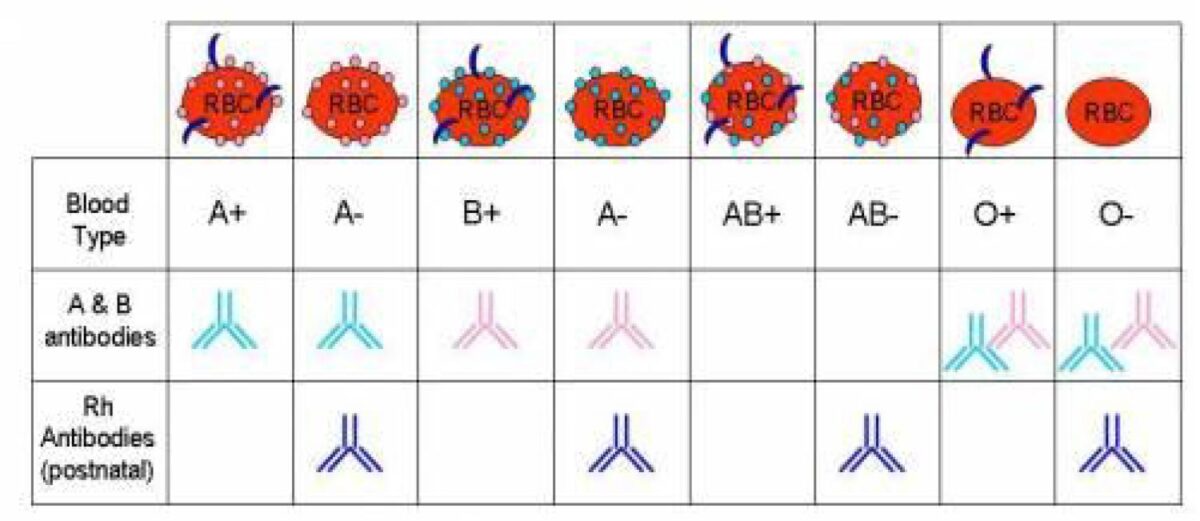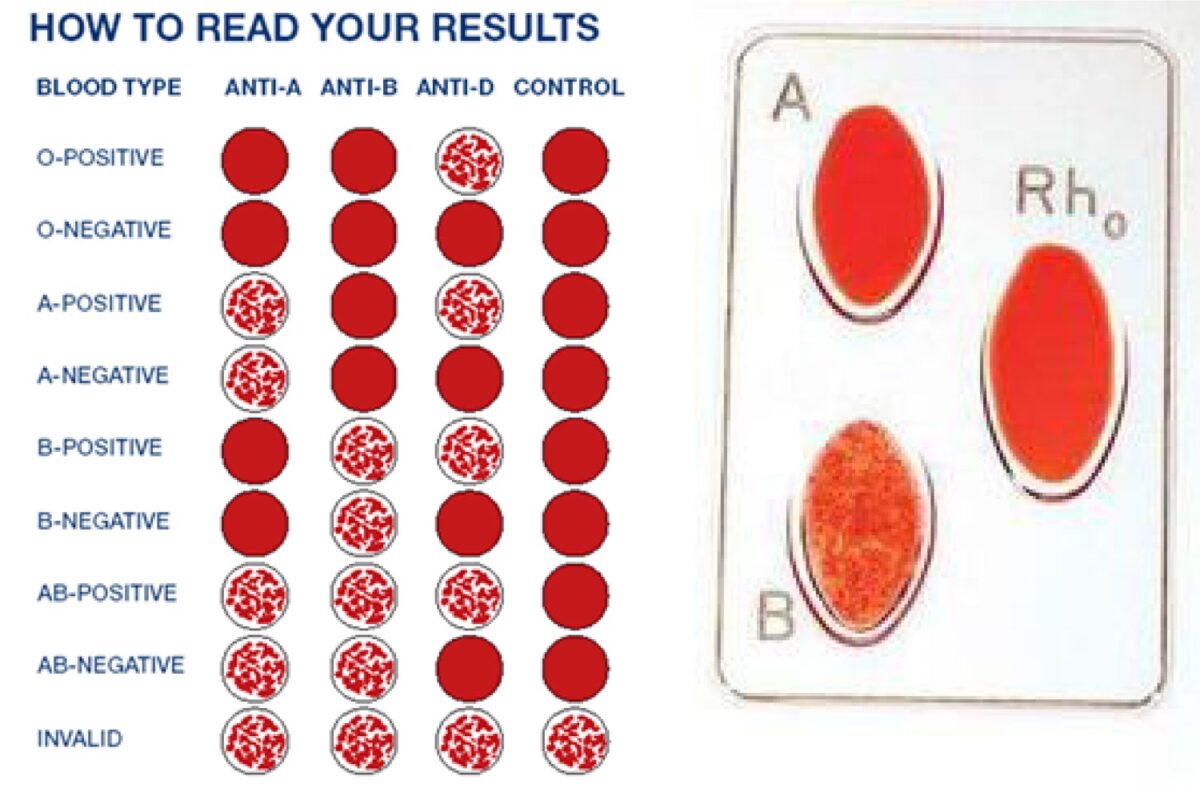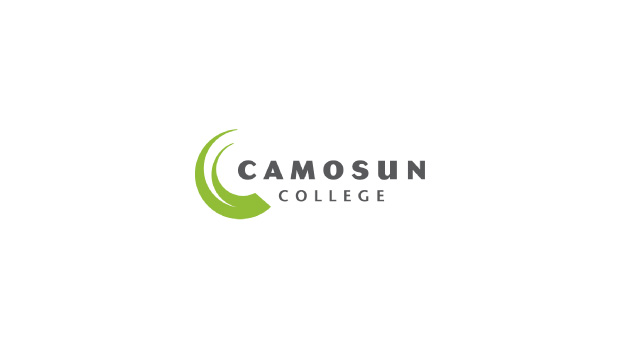Intro
Become a crime scene investigator as you deduce the blood type of three suspect samples! Learn all about the human blood systems, antigens, and antibodies along the way!
Volunteers: 3-8
1: to discuss the procedure/background science.
1-5: to hands-on assist with the procedure (each blood typing slide should have a dedicated volunteer because the procedure is complicated).
1: to monitor safety (especially if it’s a larger group of students).
Equipment
- Blood typing slides (purchased from Carolina Science, but other options are available)
- Eyedroppers
- Toothpicks
- Small funnels
- Small glasses or glass beakers (short and wide are best)
- Sharpie/tape to label containers (important to be organized)
- *Gloves (optional, all materials are fake and safe)
- *Hand Sanitizer (optional, to clean hands afterward)
- **Garbage bags, paper towels/surface cleaner (or other safe disposal method)
- **Access to a sink
Materials
- Fake blood (purchased from Carolina Science, but other options are available)
- Fake antisera (purchased from Carolina Science, but other options are available)
Procedure
- Each student will sit at a “station” and will get to analyze three unknown blood types (labelled X, Y, Z, since A, B, C labels may get mixed up with the blood system labels)
- At each station, each unknown blood type (X, Y, Z) will get a dedicated plastic slide (so 3 slides total)(you may label the slides themselves or label the tablecloth underneath, as the slides are reusable)
- Each station will also have several toothpicks (3 are needed per slide or 9 in total, but extra is always good)
- You may also want to provide scrap paper and pens at each station, so students may keep track of their results as they go
- Shared among stations, each unknown blood type (X, Y, Z) will have a dedicated, labelled container of blood (make sure you have written down what the blood types for X, Y, and Z actually are!) and a dedicated eyedropper (do not cross contaminate!)
- Using the eyedropper, place one drop of blood into each of the three wells on the dedicated slide for that blood type
- Repeat for all three blood types
- Shared among stations, have dedicated, labelled containers of all three types of antisera (A, B, Rh/D), each with dedicated eyedroppers (do not cross contaminate!)
- Using the eyedropper, place one drop of appropriate antisera into the accordingly labeled well on the plastic slide (A into well A, B into well B, Rh/D into well Rh/D)
- Repeat for all three blood types
- Blood and antisera are mixed with a toothpick, use 9 separate toothpicks (do not cross contaminate!)
- Wait a minute or so for clumping to occur
- Analyze your results using the diagrams on the instruction sheets
Background Science
Learning Question: What are antigens and antibodies?
We all have a blood type that is inherited from both of our parents and is the same throughout life. The two most important systems for human blood typing are the ABO and Rh systems. In this combined system there are 8 blood types (A+ A- B+ B- AB+ AB- O+ O-) with the +/- being dictated by the Rh system.
Type A blood has A antigens on the surface of its RBCs, type B blood has B antigens on the surface, type AB blood has both A & B antigens on the surface, type O blood has no antigens on the surface. Positive (+) blood has Rh/D antigens on the surface of its RBCs, negative (-) blood does not have Rh/D antigens on the surface.


Antibodies in blood plasma (the fluid portion of blood) are part of the immune system and they scan materials within the blood looking for their specified antigen. A antibody looks for A antigen, B for B, and Rh/D for Rh/D. Once the antibody finds its specified antigen it clumps these antigens together and marks them for destruction. This causes the RBCs which have said antigens on their surface to hemolyze/explode/die. With widespread RBC hemolysis, organ failure and death can result.

During transfusions a recipient’s blood plasma (antibodies) is matched to a donor’s RBCs (antigens). A recipient with AB+ blood is the universal recipient since they have all 3 antigens on their RBC surface and therefor no antibodies within their plasma. A universal recipient can receive RBCs from anyone during a transfusion since their plasma (which interacts with the donated RBCs) contains no antibodies and therefor no donated blood, no matter the type, will be attacked. A donor with O- blood is the universal donor since they have no antigens on their RBC surface and therefor all 3 antibodies within their plasma. This donor could donate their blood to anyone during a transfusion since their RBCs (which interact with the recipient’s plasma) contain no antigens and therefor will not be attacked no matter which antibodies are present within the recipient’s plasma.
Quick Reference / Analysis Of Results:
- ABO system
- A blood (A antigens on RBC) = B antibodies in plasma
- B blood (B antigens on RBC) = A antibodies in plasma
- AB blood (A & B antigens on RBC) = no antibodies in plasma
- O blood (no A or B antigens on RBC) = A & B antibodies in plasma
- A blood will clump with A antisera
- B blood will clump with B antisera
- AB blood will clump with both A & B antisera
- O blood will clump with neither A nor B antisera
- Rh System (rhesus factor) [often designated (+) and (-)]
- (+) means they have the rhesus factor (or D antigen) on the surface of their RBCs
- (-) means they do not have the rhesus factor (or D antigen) on the surface of their RBCs
- Positive (+) blood (Rh/D antigens on RBC) = no Rh/D antibodies in plasma
- Negative (-) blood (no Rh/D antigens on RBC) = Rh/D antibodies in plasma
- Positive (+) blood will clump with Rh/D antisera
- Negative (-) blood will not clump with Rh/D antisera





























